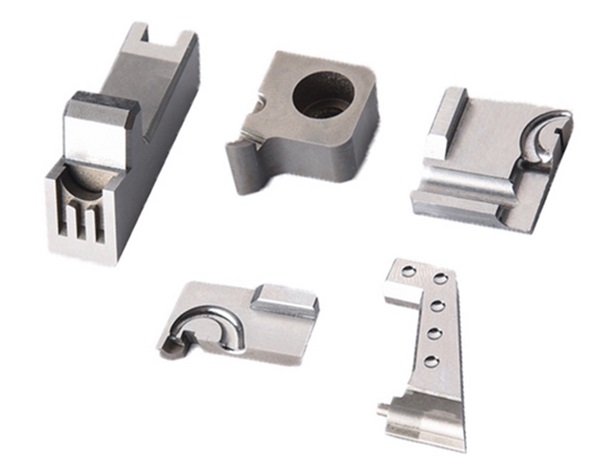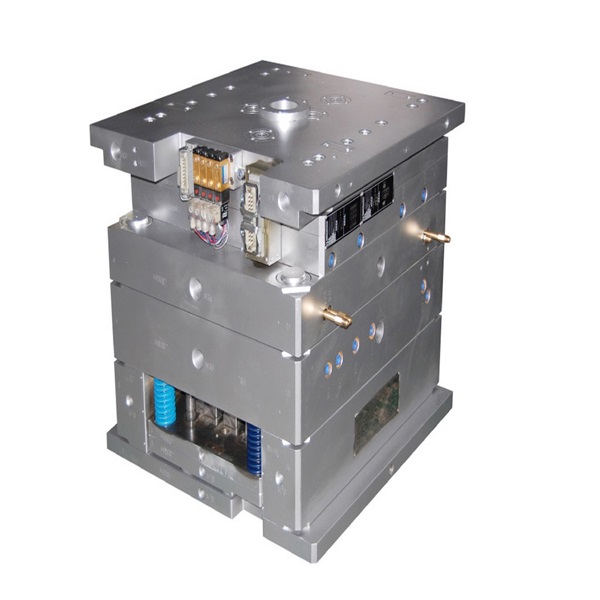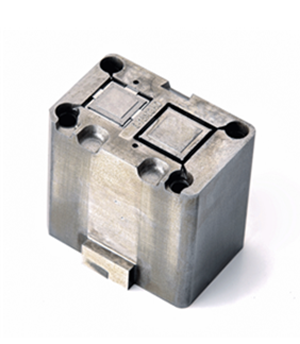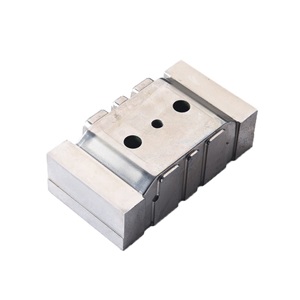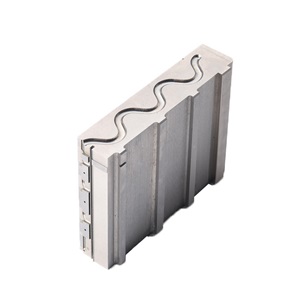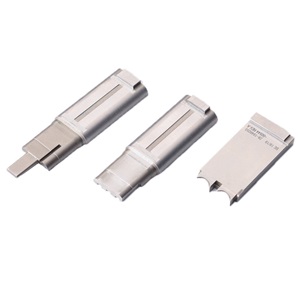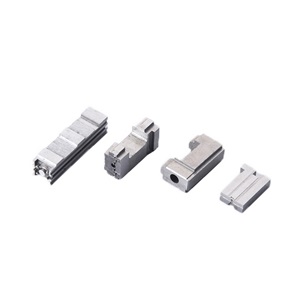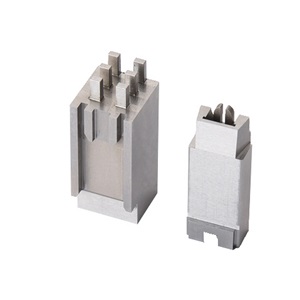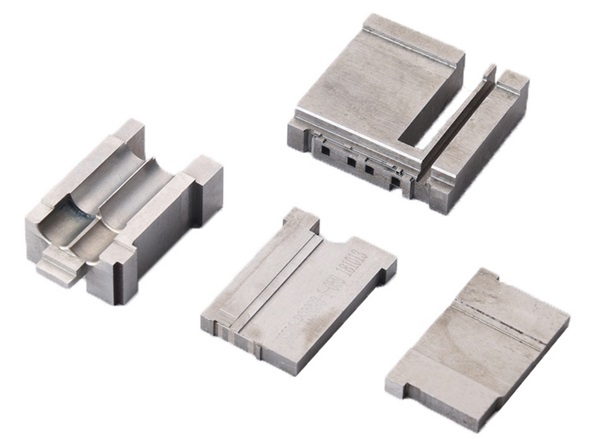MOLD PROCESSING
Mold is a crucial component in various industries, including automotive, energy, and machinery. With its efficient use of materials and energy, mold manufacturing plays a significant role in producing high-quality products with minimal waste. Below is a closer look at the concept of molds, the technologies used in mold processing, and the technical requirements that ensure optimal results.
What is a Mold?
A mold is a metal tool designed to shape a product by molding or pressing. Each mold is crafted to handle multiple cycles of production, depending on the size, design, and quantity required. Mold types vary, but common forms include rotational molds, injection molds, blow molds, compression molds, casting molds, and extrusion molds.
Among these, injection molding is one of the most widely used techniques. This process allows for the creation of parts from materials such as plastic, metal, and rubber. Injection molding is commonly used to produce automotive components, household appliances, electronics, and even medical devices.
Key Mold Manufacturing Technologies
The technology used in mold manufacturing depends on the specific needs and characteristics of the product. Below are some of the most common technologies applied in the field today:
① Traditional Mold Manufacturing
This is the oldest and most basic form of mold processing, involving methods like turning, milling, grinding, and welding. While traditional methods can produce molds with limited precision, they are still suitable for simple shapes and small-scale production. This approach is labor-intensive and requires experienced workers, making it ideal for straightforward projects.
② CAD/CAM - CNC Mold Manufacturing
The use of CAD/CAM and CNC (Computer Numerical Control) technology is increasingly essential in modern mold processing. This advanced method allows for the production of molds with complex shapes and precise technical specifications. The flexibility of CNC programming enables manufacturers to meet even the most intricate customer demands. This technology significantly improves the speed and efficiency of mold production.
③ NC (Numerical Control) Machine Technology
In this method, NC machines are programmed with alphanumeric codes to control the machining process. These codes dictate operations such as tool changes, spindle speed, and tool movement. NC machines ensure a high degree of control and precision in mold manufacturing.
④ CNC Machine Technology
Similar to NC technology, CNC machines are programmed via computer interfaces. This integration between computers and machines streamlines the mold manufacturing process, making it faster and more accurate. CNC machines allow for quick setup and easy modification, contributing to improved production efficiency and reduced turnaround times.
Essential Technical Requirements in Mold Manufacturing
❖ Precision in Shape
The accuracy of the molds shape directly impacts the quality and aesthetics of the finished product. Molds with precise dimensions lead to higher production efficiency and reduce material waste.
❖ Optimal Dimensional Accuracy
Dimensional precision is crucial to ensure that the mold components fit together perfectly. This minimizes deformation and burrs on the final product, resulting in cleaner, more accurate parts.
❖ Hardness and Durability
Molds must meet specific hardness standards to withstand the pressures of injection molding without deforming. Factors such as abrasion resistance and the ability to handle injection pressure are critical. Surface treatments like chrome plating or nitriding may be applied to improve mold durability.
❖ Mold Gloss
Depending on the products aesthetic requirements, molds may be polished to achieve a smooth, glossy surface. A high-gloss mold cavity results in a polished, visually appealing product.
Whether using traditional methods or advanced CNC technology, EME-Tech is committed to achieve the right level of precision, hardness, and gloss, ensuring high-quality molds.
